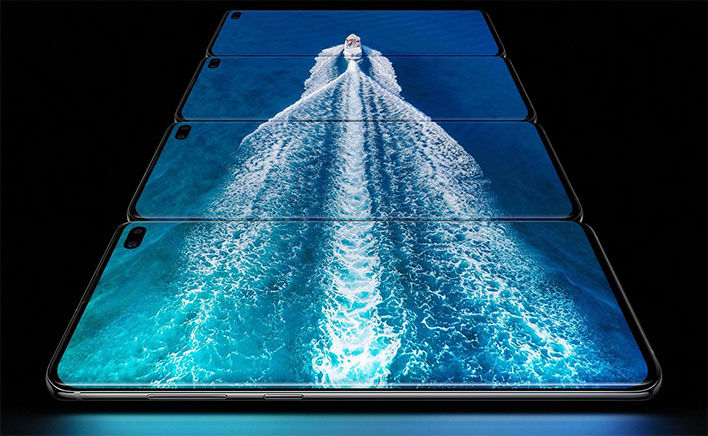Samsung Galaxy S20's 120Hz Refresh Rate Mode Might Come With This Disappointing Restriction

Little by little, we are learning new things about Samsung's Galaxy S20 handset, which figures to be a beastly smartphone. One of the standout features will be its 120Hz display. That puts it squarely into 'gaming phone' territory (it won't be marketed as gaming phone, though), but there might be a pretty big caveat—the high refresh rate will not apply to the phone's native resolution.
If you follow the rumor scene, you may recall that Samsung tipped a 120Hz display on its next flagship Galaxy phone through leaked firmware code for the One UI 2.0 beta on the Galaxy Note 9, which pointed to a hidden menu referencing 120Hz. At this point in time, there are only a handful of phones that can hit 120Hz (like the ASUS ROG Phone 2). So, the Galaxy S20 will join select company when it arrives.
According to prominent leakster "Ice universe" (@UniverseIce on Twitter), the Galaxy S20 will only support a 60Hz refresh rate at its native WQHD resolution, with the faster 120Hz refresh rate only being available at FHD.
It can now be said with certainty that Samsung has cancelled the WQHD 120Hz option of the Galaxy S20 series, leaving only FHD 60Hz, FHD 120Hz, WQHD 60Hz. this means that we can't have the best resolution and the best refresh rate at the same time. What is your opinion on this? pic.twitter.com/GaYJuOubw8
— Ice universe (@UniverseIce) January 14, 2020
"It can now be said with certainty that Samsung has cancelled the WQHD 120Hz option of the Galaxy S20 series, leaving only FHD 60Hz, FHD 120Hz, WQHD 60Hz. This means that we can't have the best resolution and the best refresh rate at the same time," Ice universe says.
This is not official, of course, though the tipster has a solid track record when it comes to these things. And in this case, the tipster is steadfast in 120Hz not being available at WQHD on the Galaxy S20—there's no uncertainty on Ice universe's part.
Assuming the information is accurate, it raises the question, why did Samsung change its mind? One reason could be battery life. The aforementioned hidden menu offered up a pair of options—Best Display, which enabled 120Hz "for the smoothest possible display" with a warning that it "uses more battery usual," and Save Battery, which instructs the phone to automatically switch between 60Hz and 120Hz based on the app.
Enabling 120Hz paves the way for smoother scrolling and animations, though it's not exactly night and day on smartphones. So, it's conceivable Samsung opted to forgo the automatic trigger and just scrap 120Hz at the higher resolution to squeeze out more battery life. Or maybe the panel it is using just is not up to the task for some reason.
Only Samsung really knows the answer. Other than the 120Hz option (at FHD), the Galaxy S20 is expected to arrive with a Qualcomm Snapdragon 865 system-on-chip (SoC) or Exynos 9830 (outside the US), up to 16GB of LPDDR5 RAM, and multiple camera sensors up to 108 megapixels (Galaxy S20 Ultra).

